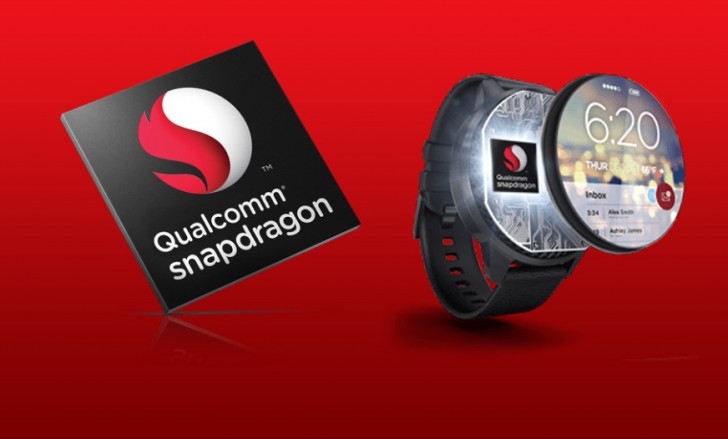
To say Wear OS has stagnated is definitely an understatement with very few new, decent smartwatches hitting the market. Many have blamed the stagnation on the fact that the chipset has not been updated in over two years thereby limiting options for manufacturers.
In some (more) good news today Google and Qualcomm have told Wareable.com that a new, and much improved chipset is on the horizon.
According to Pankaj Kedia, Qualcomm’s senior director of wearables, Qualcomm will unveil its new chipset alongside a new flagship/lead smartwatch in Spring (Australian time) and by the Christmas holidays the chipset will be on the market in several manufacturer’s smartwatches.
Along with Dennis Troper, Wear OS director of product, Kedia have not only confirmed that the new platform is coming but that the new chipset will be designed from the ground up, “purpose-built” for smartwatches. The new chip is designed to be smaller (as you would expect considering the 2100 used a 28nm build process) resulting in smaller smartwatches and provide a full fitness experience, all while making the battery last longer.
In the 2100 we made tweaks in packaging, in sensors, in a lot of software, but when we go to generation three, it’s designed from the ground up for a no-compromises smartwatch experience with dedicated chips that make your watch look pretty when you’re not looking at it, that brings the best fitness and watch experience, and extends battery life.Pankaj Kedia, Qualcomm’s senior director of wearables
Qualcomm has apparently been working on the new chips ever since the 2100 began shipping, rethinking the entire architecture of the chipset. The new chipset will be available in multiple variations with all having Bluetooth and Wi-Fi while fitness-oriented chips will also include GPS. Of course there will also be some with LTE for those who prefer that.

Google have laid out a new focus for Wear OS as fitness and sports smartwatches. The new chipset will allow more of this functionality to remain on for longer while not using as much battery. The smaller chipset will also allow the big name watch brands such as Tag Heuer, Fossil and Michael Kors will have much greater flexibility with their watch designs.
Wear OS is tired and this new chipset will hopefully deliver it a shot in the arm which cannot come soon enough. Hopefully Google and Qualcomm can get it out the door in mass quantities before the major watch brands give up on the platform. It seems that it could well arrive on time with Kedia and Qualcomm revealing and promising big things:
This platform will significantly change the Wear OS ecosystem, what you expect from a smartwatch. It is working, we are shipping samples to our customers. I have seen it moving, it’s very exciting.



